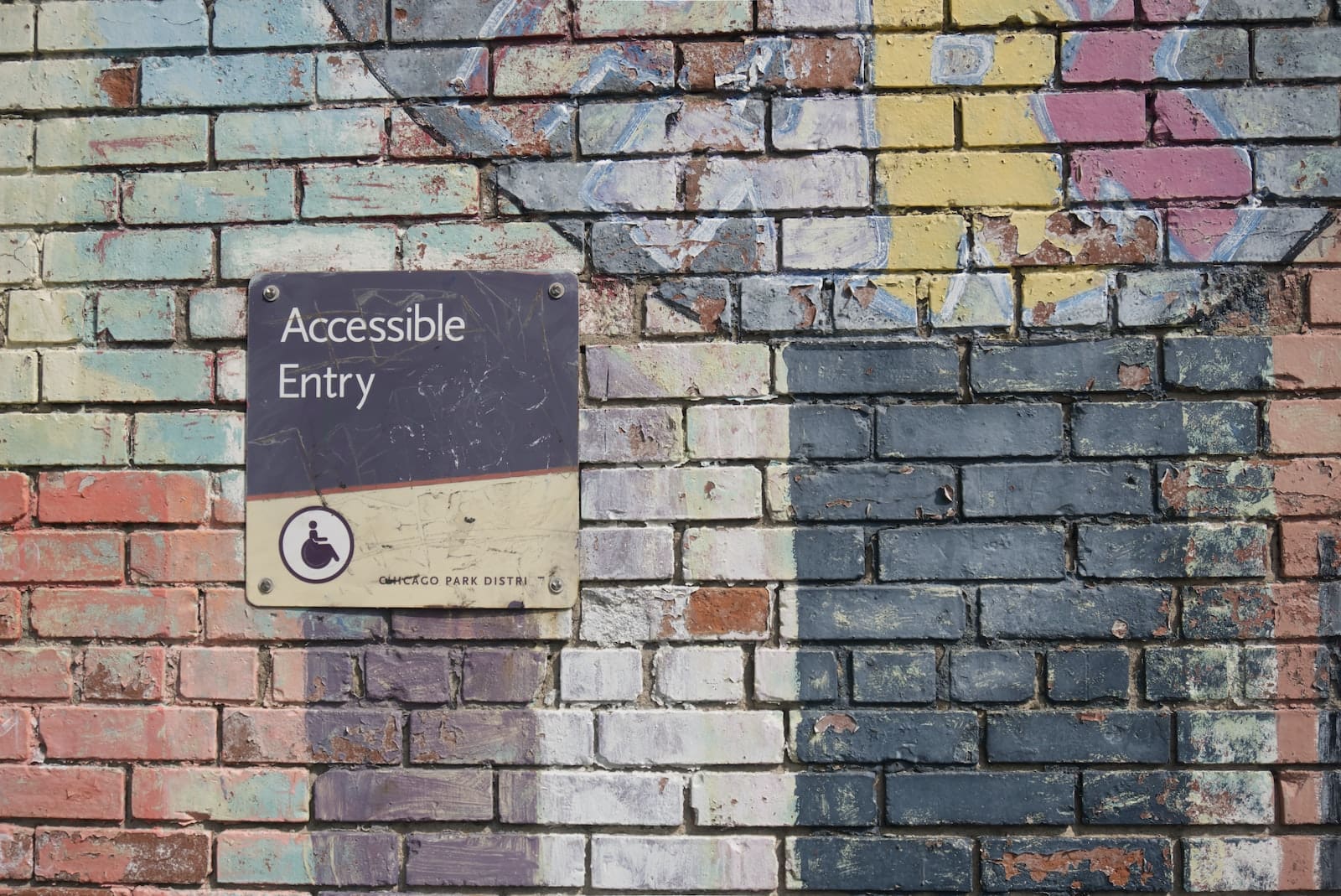Web Accessibility as a Human Right
We’re all online now. From the youngest of us (not before the age of 1!) to the oldest. What used to be a niche tool for forward thinking businesses, universities and the various geeks and nerds of the world, is now our main method of interacting with one another across the entire globe. It’s often a required tool for making important personal, legal & financial transactions – because of that – it’s imperative that we all can interact with the internet, not just some. No different than ensuring public bring and mortar institutions are wheel chair accessible, or that cross walks function for the hearing impaired, the web has a moral obligation to ensure its accessibility to each and everyone one of us.

User Experience and Accessibility
UI & UX. Also known as User Interface and User Experience, (often combined as UI/UX) – concerns itself with not just visual design, but with the patterns, heuristics and best practices that have allowed us over time to dial in how people best interact with the web.
In the early days of the Web, it was anyones guess, perhaps in retrospect, a flying unicorn that scolded visitors into signing up for a newsletter wasn’t the best idea – but until enough data was collected over time, it was hard to know for certain. Now we have that data, and increasingly we are finding that UI/UX is best when it takes into consideration Accessibility best practices.
A few examples learned by UI/UX designers thanks to accessibility considerations, that have helped us all have a better experience online.
- When creating a color pallet, ensuring that color choices are legible and contrasted enough, even for folks who have difficulty seeing.
- Where audio is used, transcripts should be provided. Not everyone can hear, or wants to listen – give users the ability to approach content as they need to.
- Forms and Form data should be presented simply and labeled accurately. Messy or obscure forms make it next to impossible for screen readers and other accessibility devices.
- Resizing and reconfiguring page content responsively based on the device that it is being viewed on – simplifying visual data for easier consumption
- Likewise, depending when and where content is being viewed from is also important to consider – giving users options for increasing font sizes, or for night time viewing greatly aids usability for many folks.
- Providing helpful walk throughs for new services, products or experiences should always be considered. We all have different levels of savy and intellectual ability.
ADA Compliance
The Americans With Disabilities Act (ADA) is the United States’ most important law regarding accessibility and civil rights for people with disabilities. Signed into law in 1990, the ADA prohibits discrimination against anyone based on ability or disability. It came to fruition after a 2-year campaign to advance civil rights to marginalized groups, where disability activists lobbied for laws prohibiting discrimination. The ADA draws on the precedent set by Section 504 of the Rehabilitation Act, which guarantees rights to people with disabilities in the government sector.
In 2008, President George W. Bush signed major changes to the ADA into law. The biggest change involved the The original ADA defined a person with a disability as someone who has a condition that “substantially limits major life activities.” Under the 2008 amendment, “major life activity” was redefined to include daily activities like caring for oneself or performing manual operations. It was also extended to include impairments to major bodily functions like digestive and respiratory functions, and neurological impairments.
So, who needs to be compliant?
Increasingly, and ethically – we all do. All types and all sizes of businesses have to comply with ADA legislation, for their customers and employees, if there are over 15 workers. The ADA affects places of entertainment, restaurants, large enterprises, small to medium businesses, retail stores, government offices, employment agencies, and more.
As the internet and websites played a bigger role in how consumers interact with businesses, the way that the ADA applied to web accessibility changed. In 2017, a clear consensus emerged that the ADA also covers the online world. Disability rights activists, legal scholars, and court rulings have agreed that websites, internet portals, and online stores need to be accessible for people with disabilities.

In September 2018, Assistant Attorney General Stephen Boyd wrote an official letter to members of Congress explaining it’s mandatory that “goods, services, privileges, or activities provided by places of public accommodation be equally accessible to people with disabilities.” Today, U.S. courts apply ADA accessibility requirements to the internet, meaning websites should comply with ADA rules. Reinforcement was displayed by the Department of Justice in 2022 when it released a new guidance on implementing web accessibility standards and practices, clarifying that the ADA indeed covers web accessibility.
Approximately 85% of ADA lawsuits in federal and state courts during 2018 were filed against small and medium retail businesses. Since it’s almost inevitable that the court would find in favor of the plaintiff, small business owners feel that they must settle out of court. The cost of defending a lawsuit could destroy even a medium-sized business, but the average ADA website lawsuit settlement still comes to $35,000. Web agencies need to keep ADA title III requirements in mind too. If a client gets sued for having a non-accessible website, that client will turn to the agency that designed it. The client could insist on getting their money back; ruin that agency’s reputation for failing to comply with legislation, or even sue the agency for having created a non-ADA-compliant website.
But how to become ADA Compliant?
That’s million dollar question. Or often is often the case, the many thousands of dollar question. ADA compliance while increasingly solidifying is still being updated and changed every year – it’s a moving target that requires a combination of developer know how, ongoing legal vigilance. An ongoing process that for many clients can cut into already tight project budgets.
Our Approach
Our first and most important step is to build our sites from the ground up with accessibility best practices in mind. WordPress itself as a CMS takes accessibility seriously and with every new release makes improvements. In just the past few year, WordPress’s Gutenberg builder has closed hundreds of tickets related accessibility and more are being addressed daily.
Along with WordPress core and Gutenberg’s regular improvements around accessibility, we build and and design with accessibility in mind, utilizing our custom development theme that is WCAG complaint, and using best design practices to assure usability and legibility. We test with WAVE and other accessibility tools through out development and will make design suggestions to our clients to point them in the best direction for inclusivity.
Step two: recently we started including an optional overlay product to satisfy our client requests and concerns for added features that provide unique tools for improving access and mitigate some of the worst shortcomings of user accessibility (and are actually affordable by the average site owner.) We’ve recently partnered with Accessibe – a full site, 24/7, AI driven accessibility tool that monitors, updates and helps maintain your existing site’s ADA compliance.
The third step is optional for our clients who are looking for the most up to date and comprehensive accessibility considerations – we will work with one of our accessibility partners to perform a thorough, manual accessibility audit, and implement those further findings and recommendations.
While an overlay tool like Accessibe is not a silver bullet , combining our mindful, forward thinking design & development practices, with ongoing site compliance monitoring, additional tools via Accessibe, and thouough, manual testing by compliance experts as needed – we feel confident that we can offer clients (and their users) long term, ongoing ADA Compliance.
Contact TMD
If you’d like to talk more about how your site can become ADA Compliant get touch. It’s important that we web accessibile for everyone.

